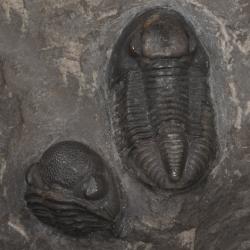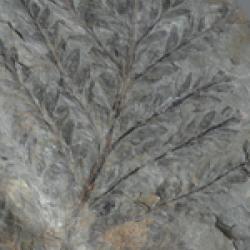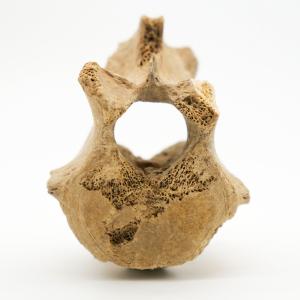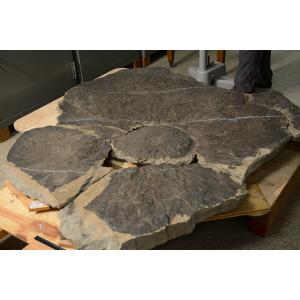A remarkable discovery in Orange County, New York, has unearthed a complete mastodon jaw, marking the first such find in the state in over 11 years. This prehistoric treasure, along with additional bone fragments, was excavated by researchers from the New York State Museum and SUNY Orange from a...
The study of fossils in New York State has a long, rich history that dates back to pre-colonial times when native people discovered the tusks and bones of mastodons and made observations to explain the massive creatures. European explorers recognized the significance of these finds and also the smaller but more numerous fossils of ancient sea creatures like trilobites, brachiopods, crinoids, and corals. In fact, one of the most famous early geologists, Charles Lyell, toured New York State in 1841 to study its fossils and the history recorded in its layers of rock. Shortly after, in 1842, the State Cabinet of Natural History (the pre-cursor to the New York State Museum) was established and provided a center for research and a formal place for the storage of the rocks and fossils that record the ancient history of our state. Since that time, thousands of specimens have been collected, studied, and housed at the museum. These fossils are used to identify the ages of the rocks they are found in, for reconstructing ancient environments, and to understand the functions and evolutionary relationships of the organisms themselves. The current collection contains about 17,000 fossils that have already been studied and about 600,000 specimens that can be used for future biostratigraphic, paleoecological, and systematic work.









